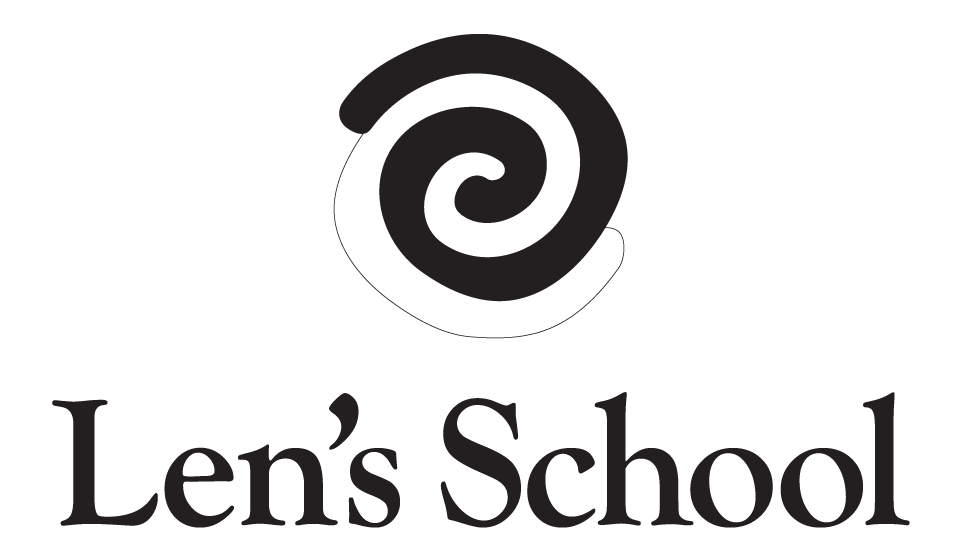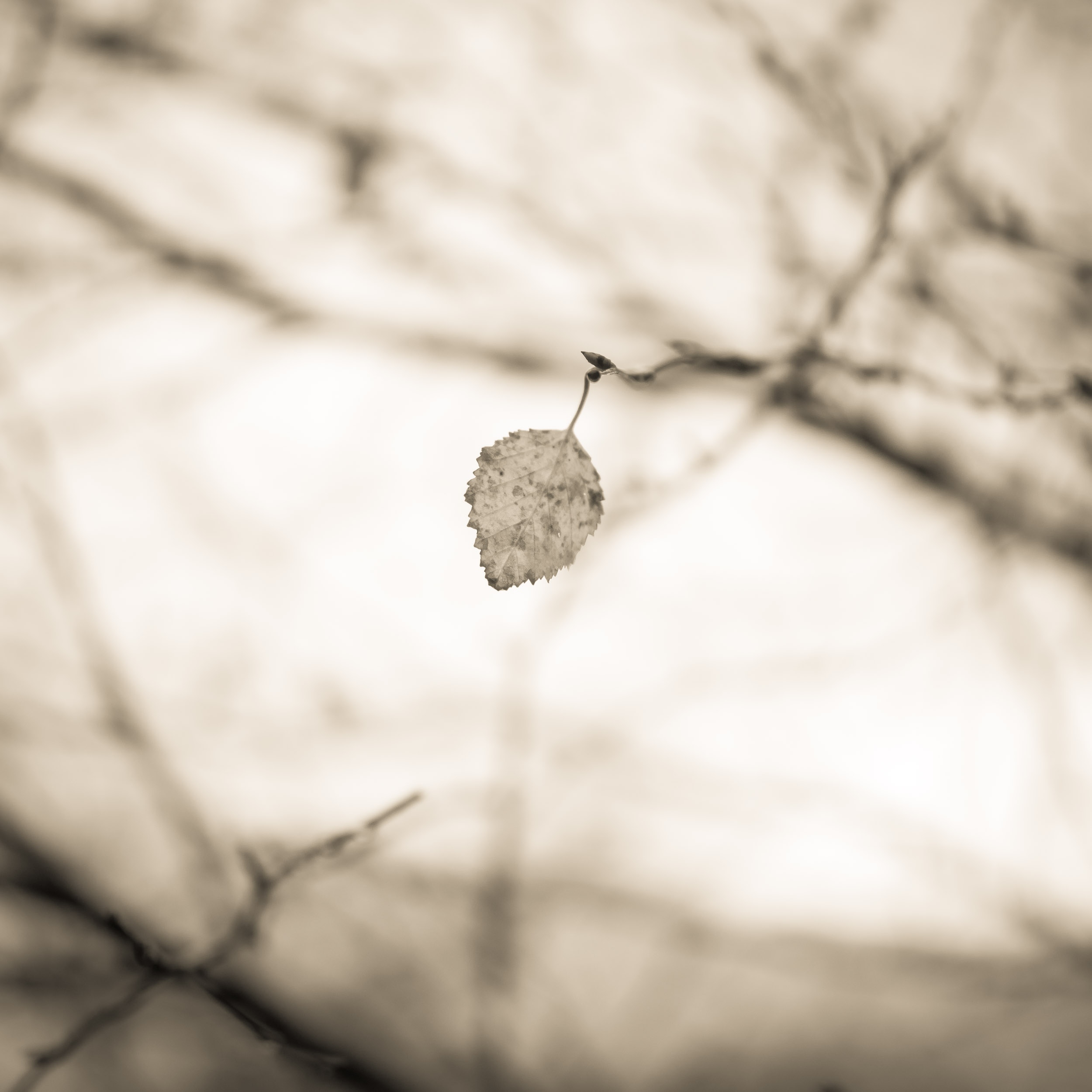Olympus 25mm f1.2 Pro Review
Scotland pine forest, plantation that will be replaced with the areas natural trees in the near future. Olympus EM-1 & Olympus 25mm f1.2 shot handheld @ 1/10 second, f 5.6 1600 ISO
I was able to pick up an early copy of the new Olympus M.Zukio 25mm f 1.2 Pro lens designed for micro four thirds. It is a large heavy lens, it feels a little more bulky than my Voitlander 25mm f 0.95 lens which has been my favourite micro four thirds lens for the past seven years. It was clearly my favourite lens with over 95% of all of my digital photographs being taken with that lens. It had its faults, namely the jittery or nervous bokeh, the ultra soft and often too soft rendering wide open with a bit of haloing going on. And it wasn't weather proof. I used that lens in the rain, and it did suffer. It would eventually fog up internally, the aperture would get gritty, and I would have to stop working.
I purchased the 12mm - 40mm f2.4 Olympus Pro Zoom so I could work in the rain, but unfortunately zooms and I don't get on too well.
When the Olympus was rumoured to be of Pro quality and hence weather proofed I knew it was a lens I wanted. I put my pre order in the day it was announced. Picked up as soon as it was available at the store. It has hardly come off since I purchased it. So here are my first impressions.
The good...
It is weather proof - my primary reason for buying this lens
It has the same filter size as the other Pro lenses 62mm
It has a great lens hood. It shelters the lens from rain quite effectively. It has a different clip system than Olympus has given us before and it works very well.
The lens has an amazingly beautiful out of focus areas, at all apertures. The bokeh is delicious. Have a look at the photographs. It simply is stunning.
The lens is sharp. I look forward to seeing some tests to confirm my suspicions that this lens was designed for the new high-resolution modes on the Olympus cameras and will easily out resolve the current sensor technology.
It is sharp to the edges that I use, when I shoot square.
The resolution seems to be fantastic from f2.4 through to f 8.0 other f stops are very usable. I wouldn't worry myself about only using the sharpest f stops and I would use all of them.
It is a stunning portrait lens, it works beautifully with nudes as well.
It has the start of swirly bokeh at f 1.2 reminiscent of Petzval lenses such as the famed French Darlot. It only shows itself when the conditions are just right. This is when the out of focus lines follow the circumference of the lens. (there is probably a better way to describe this, suggestions welcome)
I can focus it manually without having to zoom in to see the focus in the viewfinder. This is a very important issue for me, as the Voitlander lens that the Olympus replaces snaps into clear focus. I prefer using manual focus all the time.
I love the 25mm focal length, and this lens is just a joy to use and look at images taken with it.
and the bad...
It is a bulky lens
The micro contrast is gentle and shows less contrast than my other 25mm micro four thirds lenses. I think smoothness topped sharpness when this lens was designed.
The sharp roll-off from the sharp to the blur is quite pronounced. I am noticing I have to stop the lens down further than I did with my previous lens. It is more of an adjustment in my working practices rather than really a disadvantage
It is on the expensive side, but considering what you are getting I think it is worth the money.
It is more of a portrait lens when shot wide open than a landscape lens, but once I stop it down I don't notice any more.
It is expensive & the 25mm f 1.8 is almost as good at many landscape photographers working apertures.
Sometimes in manual focus, when the focus clutch is pulled back for manual focus, the lens becomes disengaged from the focus by wire mechanism. This happened to me on a number of occasions on cold mornings, and was quickly fixed by disengaging the clutch and then reengaging it again. I hope this doesn't continue.
The close focus distance isn't as close as my Voitlander 25mm f 0.95, so that means I will have to carry my 60 mm macro around a bit more I suspect.
Sharp enough for me
So far the prints that I have made from this lens are outstanding, and are indistinguishable in sharpness from my standard reference lens the Voitlander 25mm f0.95 shot at 2.8 hit 82 lpmm. My camera only resolves about 52 lpmm. I don't know exactly how sharp this lens is, but I can't tell the difference in my prints and that is all that matters.
Beautiful out of focus areas
Beautiful results with figures
Andrea poses for our Fine Art Nude Workshop where we explored natural light nudes. Olympus 25mm f 1.2 shot at f5.6
Ama poses for the Fine Art Nude Photography Workshop, held in the Blue Mountains. Olympus 25mm f 1.2 shot at f2.5
Comparing between apertures
Comparisons at different f stops
The Olympus 25mm f1.2 shot at f1.2 on the left and f 5.6 on the right. Here I can see a sharpness difference with the lens being slightly softer wide open. Notice how the micro contrast improves as the lens shuts down. I suspect this lens has been consciously optimised for portaits.
The Olympus 25mm f1.2 shot at f1.2 on the left and 5.6 on the right. There is definitely a difference in sharpness, with the lens being softer wide open. This is to be expected in my humble opinion.
Is that swirly bokeh I see?
Comparisons between the Voitlander 25mm f 0.95, the Olympus 25mm F1.2 and the f1.8 lenses
Olympus 25mm f1.2 on left and Voitlander 25mm f0.95 on right both shot at f 1.8 - The Voitlander has better micro contrast, while the Olympus has smoother bokeh. I can't pick the difference in sharpness.
Olympus 25mm f1.2 on left and Voitlander 25mm f0.95 on right both shot at f 2.8 - The Voitlander has better micro contrast, while the Olympus has smoother bokeh. I can't pick the difference in sharpness.
Olympus 25mm f1.2 on left and Voitlander 25mm f0.95 on right both shot at f 11 - The Voitlander is now a little softer, with micro contrast dropping off as well.
Olympus 25mm f1.2 on left and Olympus 25mm f1.8 on right both shot at f 1.8 - The f1.8 appears to have better micro contrast, while the f1.2 Pro version has smoother out of focus areas. I can't pick the difference in sharpness.
Olympus 25mm f1.2 on left and Olympus 25mm f1.8 on right both shot at f 5.6 - Now I am really struggling to see the differences. The 1.2 now has lovely micro contrast, it still has a little smoother out of focus areas.
Notice the difference between the Olympus 1.2 on the left and the Voitlander 0.95 on the right
The Olympus 25mm f 1.2 has a beautiful soft bokeh, it renders out of focus areas beautifully. Compare this with the image on the right, note how jittery the figure is. I would describe this as a nervous bokeh.
Field of view differences between 25mm lenses
Olympus 25mm f 1.2 on the left, Olympus 25mm f 1.8 middle, Voitlander 25mm f 0.95 right. Despite the same focal length the lenses all have a slightly different angle of view. Note, these are shown in the order they were taken. I used my large format heavy duty tripod designed to take 15 kgs, so the tripod didn't move.
How close can you go?
All set at the minimum focus distance. Olympus 25mm f 1.2 left, Olympus 25mm f 1.8 centre, Voitlander 25mm f 0.95 right, all shot at f 2.0 - note I have increased the clarity on all of these to make it easier to see the areas in focus.
A few more to whet your appetite
Scotland... just stunning... Olympus 25mm f 1.2 @ f 6.3
@ f6.3 in case you were wondering... shot with an EM-1 & the Olympus 25mm f 1.2
CONCLUSIONS
This is a unique lens and it fits in well in my arsenal of lenses. It has its quirks. Namely, I am finding I need to stop it down a little more than my previous 25 mm. I have been out shooting with this lens in the pouring rain, and that has already made this lens a firm favourite. Not having to hold an umbrella over my camera to work is a god send. It is so appreciated. The swirly bokeh is quite cute when it comes. The soft gentle bokeh is a delight to utilise in my work. It is just gorgeous. The lens appears sharp across the whole frame, well the bits I use anyway. Yes that is an advantage of shooting square, I get to use the best bit of the lens for all of my work. I have to add vignette in post processing, as I never see any.
This lens is a delight to use in manual mode. Apparently it focuses quickly, but I haven't noticed that as I it has rarely been there for me.
I doubt that my Voitlander will see much use now, and this lens is destined to become my favourite. Time will tell, but after the last month with this lens I haven't felt the need to return to my stalwart lens.
I think Olympus has produced a fantastic beautiful and functional lens, that will suit those of us who love the nifty fifty focal length.
NOTES
All photographs are taken with an Olympus EM-1 micro four thirds camera
All images have been shot in raw, and processed in Lightroom
I haven't used any of the lightroom lens corrections or presets
I usually use tripods, a very heavy one, though I do a lot of handheld work too. This little review has shots taken both ways.
If you come across any sharpness tests please let me know.
Most of the photographs in this review are clickable to see a large on screen version.
Thanks for taking the time to read to the end..
I run photographic workshops in Australia, come and join me one day...




























